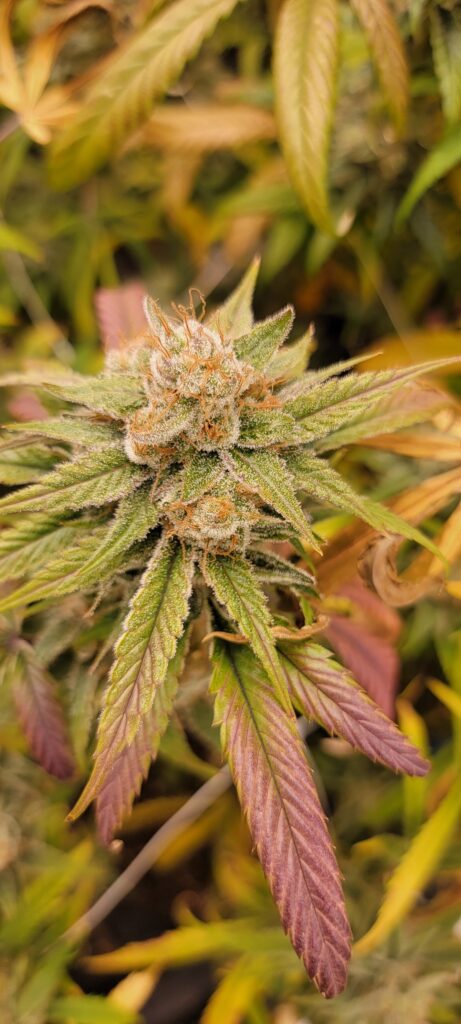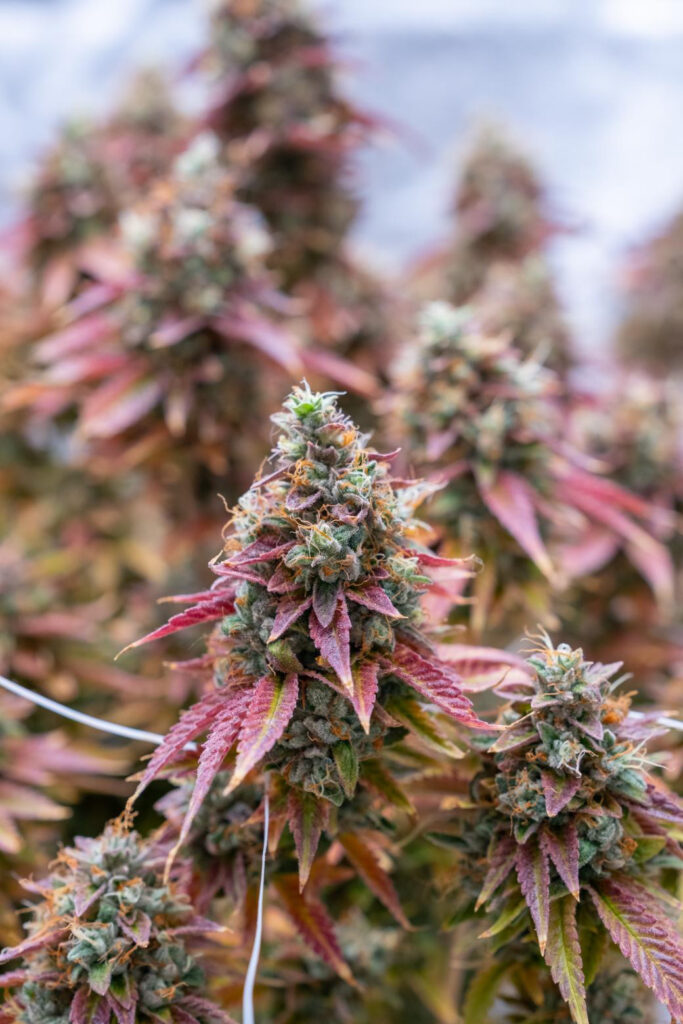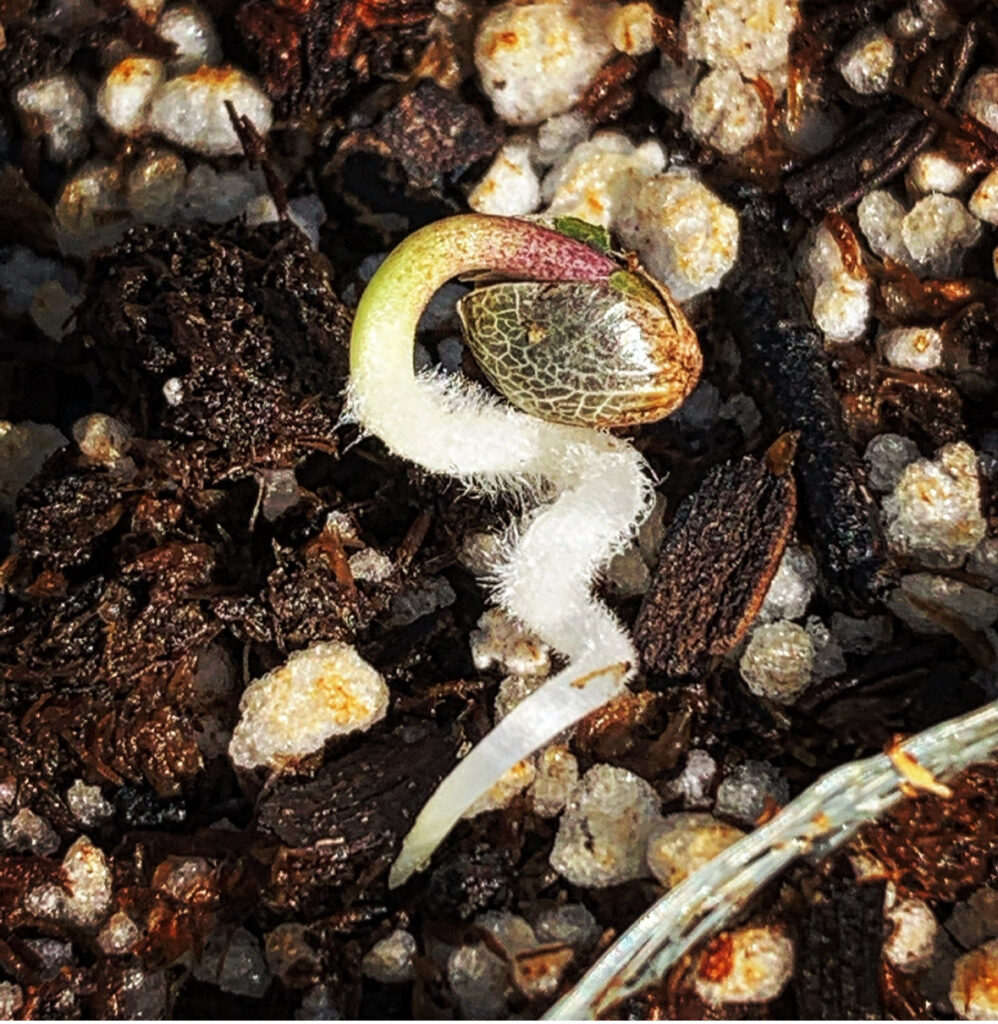Germinating seeds can be both an art and a science. Whether you’re a home gardener or a professional horticulturist, understanding various germination techniques can significantly improve your success rate. In this article, we’ll explore six scientific methods for seed germination, starting with generally used techniques and moving on to more advanced methods for hard-to-open or old seeds.
Generally Used Methods
Paper Towel Method
The paper towel method is a simple and effective technique commonly used for germinating a variety of seeds. It provides an ideal environment for seed germination by maintaining consistent moisture and warmth.
Steps:
- Moisten a paper towel without soaking it.
- Place the seeds evenly on one half of the towel.
- Fold the towel over the seeds, ensuring they are covered.
- Place the towel in a plastic bag to retain moisture.
- Store the bag in a warm, dark place.
- Check daily for moisture and signs of germination.
Scientific Basis: Seeds require moisture, warmth, and air to germinate. The paper towel method provides these conditions while preventing fungal growth, thanks to the controlled environment within the plastic bag.
Stratification
Stratification is a pre-treatment method that simulates natural winter conditions to break seed dormancy. This is particularly useful for seeds that require a period of cold to germinate, such as many perennials and tree seeds.
Steps:
- Mix seeds with a moistened medium, such as sand or peat moss.
- Place the mixture in a sealed plastic bag.
- Store the bag in a refrigerator (32-41°F or 0-5°C) for a specified period, usually 4-12 weeks.
- After stratification, plant the seeds as usual.
Scientific Basis: Many seeds have evolved to germinate only after experiencing a period of cold, ensuring they sprout in favorable spring conditions. Stratification mimics this natural cycle, breaking dormancy and triggering germination.
Advanced Methods for Hard-to-Open or Old Seeds
Scarification
Scarification involves physically breaking or softening the seed coat to encourage water absorption and germination. This method is often used for seeds with hard coats, such as beans, certain flowers, and some tree species.
Steps:
- Gently nick the seed coat with a knife or sandpaper.
- Alternatively, soak the seeds in hot water (not boiling) for 24 hours.
- Plant the seeds immediately after treatment.
Scientific Basis: Hard seed coats can prevent water uptake and gas exchange, delaying germination. Scarification mechanically alters the seed coat, allowing water and oxygen to penetrate and activate the seed’s metabolic processes.
Hydrogen Peroxide Treatment
Hydrogen peroxide (H₂O₂) treatment is used to disinfect seeds and enhance germination rates, especially for old or hard-to-germinate seeds.
Steps:
- Prepare a solution of 3% hydrogen peroxide and water (1:10 ratio).
- Soak the seeds in the solution for 30 minutes.
- Rinse the seeds thoroughly with water.
- Plant the seeds immediately or use another germination method.
Scientific Basis: Hydrogen peroxide helps break down seed coat inhibitors and provides oxygen, promoting faster and more uniform germination. It also disinfects the seeds, reducing the risk of fungal and bacterial infections.
Gibberellic Acid (GA) Soaking
Gibberellic acid (GA) is a plant hormone that promotes seed germination and growth. This method is particularly useful for seeds that are very old or have strong dormancy mechanisms.
Steps:
- Dissolve gibberellic acid powder in water to make a solution (concentration varies; typically 100-500 ppm).
- Soak the seeds in the solution for 24 hours.
- Rinse the seeds with water before planting.
Scientific Basis: Gibberellic acid stimulates the production of enzymes that break down stored food reserves in the seed, providing energy for the growing embryo. It can override dormancy mechanisms, leading to quicker and more consistent germination.
Seed Priming
Seed priming is a pre-germination treatment that enhances germination rates and seedling vigor. This method involves soaking seeds in a solution to initiate metabolic processes without allowing full germination.
Steps:
- Soak seeds in water or a diluted solution of salts (e.g., potassium nitrate) for a specific period (usually 6-24 hours).
- Drain and dry the seeds thoroughly.
- Plant the seeds as usual.
Scientific Basis: Priming initiates the early stages of germination, such as enzyme activation and energy metabolism, without radicle emergence. This leads to faster and more uniform germination once the seeds are planted.
Conclusion
Understanding and applying these scientific methods can significantly improve your seed germination success rate. Whether you’re dealing with common seeds or challenging ones, these techniques provide the necessary conditions to overcome dormancy and promote healthy seedling growth. Happy gardening!
CLICK HERE FOR THE LATEST IN GENETICS






